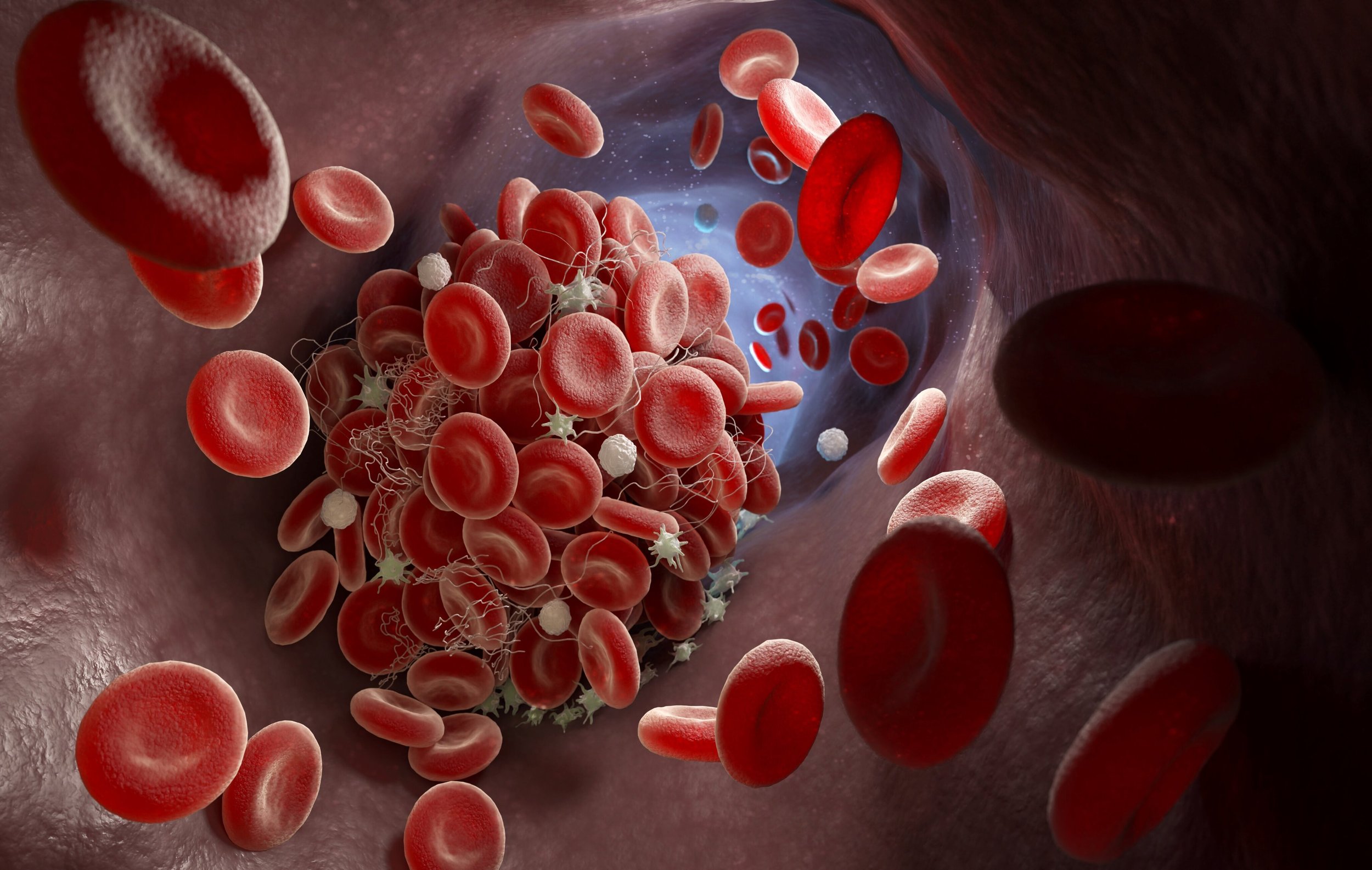
Research
The Zia Research program is active in the following research areas:
Deciphering post-pulmonary embolism and post-thrombotic syndromes
The intersection of women's health and hematology
Global coagulation assays as biomarkers of hemostasis and thrombosis
Mentoring the next generation of physician-scientists
Deciphering post-pulmonary embolism and post-thrombotic syndromes
Venous thromboembolism affects approximately 1 in 200 hospitalized children. In this line of investigation, we study associations and hypotheses between the process of thrombus resolution or persistence, lasting hemodynamic changes following acute pulmonary embolism, and the consequences of a VTE diagnosis on long-term physical performance and quality of life.
We utilize state-of-the-art measures and imaging of extremities, heart, and lungs at rest and during exercise to investigate the central and peripheral mechanisms of these common symptoms to deeply phenotype pulmonary embolism patients (Multicenter FUVID Program). Our long-term objective is to provide novel and clinically relevant results that will alter approaches for preventing and treating exercise intolerance and dyspnea and improving the quality of life for children with VTE. Dr. Zia developed and lead the VTE Outcomes Program and The Pulmonary Embolism Response Team, which serve as clinical platforms for research being conducted.
This work is in collaboration with Tony Babb, Ph.D. (Institute of Exercise and Environmental Medicine), Michael Nelson, Ph.D. (Kinesiology, University of Texas Arlington), Tarique Hussain, MD, Ph.D. (Pediatric Cardiology, UTSW), and Jimin Ren. Ph.D. (Advanced Imaging Research Center at UTSW), funded by NIH (R56HL153963 and R01HL153963) and AHA (20IPA35320263) Awards.
Featured Publications
The intersection of women's health and hematology
Women with bleeding disorders are disproportionately affected compared to men because of specific bleeding challenges related to menstruation and childbirth. Heavy menstrual bleeding (HMB) is the most prevalent symptom in women with bleeding disorders, whatever the underlying diagnosis: von Willebrand disease, platelet disorders, hemophilia carriers, or other rare coagulation factor deficiencies. All these bleeding symptoms impair the quality of life by creating significant physical, emotional, sexual, social, and financial burdens. Accurate and timely diagnosis of bleeding disorders is essential to prevent adverse bleeding events and reduce potentially unnecessary surgical interventions such as hysterectomy for HMB or PPH. Access to care and timely diagnosis in women with bleeding disorders has been the focus of the Zia Research Group for over a decade and the impetus for developing the clinical "Young Women's Blood Disorders Program" led by Dr. Zia. Other areas of focus include anticoagulant-associated bleeding in women with thrombosis and lived experiences of patients with bleeding disorders.
This work is in collaboration with Dr. Sarah O'Brien, MD, MS (Nationwide Children's, OH), Ravi Sarode (Transfusion Medicine, UTSW), Peter Kouides, MD (Hematology, Rochester Regional Health, NY), and Dr. May Lau (Adolescent Medicine, UTSW), funded by intramural, CDC, HRSA and Shire investigator-initiated grants.
Featured Publications
Global coagulation assays as biomarkers of hemostasis and thrombosis
Normal hemostasis requires the careful maintenance of equilibrium between the necessity to clot when bleeding and the retention of fluid phase at other times. A balance between platelet adhesion and aggregation on vascular endothelium, activation of the coagulation cascade, and fibrinolytic and anticoagulant mechanisms achieves in-vivo hemostasis. Disruption of this delicate equilibrium may result in the pathological states of thrombosis or bleeding.
Routine coagulation tests such as prothrombin time and activated partial thromboplastin time were developed primarily to monitor anticoagulants such as warfarin and heparin respectively, and are not useful for predicting the bleeding, thrombotic or cardiovascular risk. These tests only evaluate the time to the start of clot formation; however, 95% of thrombin generation occurs after this step. Logically, evaluation of total clot formation and lysis may provide a better assessment of in-vivo coagulation status and, therefore, the thrombotic and bleeding risk. Therefore, a more global assessment of the coagulation system, including the final products of the coagulation cascade, such as fibrin and thrombin, is required. A focus of Zia Research Program has been the use of global coagulation assays, such as thromboelastography and thrombin generation, as biomarkers of hemostasis and thrombosis, conducted routinely in her Translational Hemostasis Laboratory for various disorders.
This work is in collaboration with Madhvi Rajourkar (Central Michigan University, Michigan), Ravi Sarode (Laboratory and Transfusion Medicine, UTSW), and Sean Yates (Laboratory and Transfusion Medicine, UTSW).
Featured Publications
Mentoring the next generation of physician-scientists
I conduct clinical and translational patient-oriented research in hemostasis and thrombosis via an established independent Program of Clinical Research. My mentees leverage existing resources and join existing or propose new projects to address knowledge gaps. Mentees learn research principles and analytic approaches, including epidemiology, clinical research designs, diagnostic accuracy studies, survey methodology, development of clinical prediction rules, qualitative studies, comparative effectiveness research, and designing and leading clinical trials. More importantly, mentees collaborate on problem-solving and proposing alternate approaches for ongoing projects. The experiences within the Program engage them in generating hypotheses, research data, and developing their careers in patient-oriented research, which is one of many missions of the Zia Research Program.





